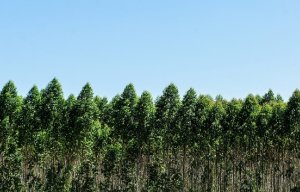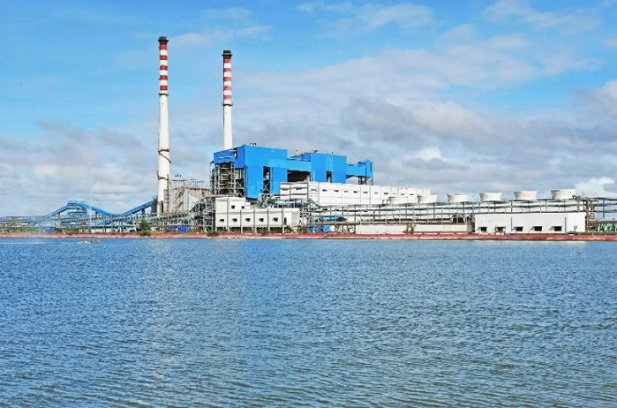
Birla Cellulose is carbon neutral
Leading player in the viscose industry has targeted to reduce its water intensity by 50% by 2025 from the baseline year 2015.

1st October 2019
Innovation in Textiles
|
Mumbai
Vilayat plant, Gujarat, India. © Birla Cellulose
Birla Cellulose, a leading player in the viscose industry, has targeted to reduce its water intensity by 50% by 2025 from the baseline year 2015. This will be achieved by the application of new technologies based on the principles of 3R (Reduce, Reuse, Recycle), the company reports.
The best practices in the area of water management and innovations that allows multiple times reuse of water, and technologies such as membrane processes to clean up and recycle the wastewater, have been applied across all fibre sites of Birla Cellulose, successfully reducing the water intensity by 30% from the baseline of 2015. This has resulted in some of the sites creating new benchmarks for water intensity in the global viscose industry, according to the manufacturer.
Dilip Gaur, Business Director, Pulp and Fibre Business, Aditya Birla Group, said that climate change and water scarcity are the two biggest concerns of the global community today and need to be addressed by concerted efforts. A strong focus on reducing freshwater intake can result in fresh water being available for alternative uses.
Reducing freshwater intake also leads to equal reduction of the wastewater discharged, thus creating large positive impact on the environment. Mr Gaur added that Birla Cellulose is in the process of applying the most stringent norms across all its fibre manufacturing sites, by going beyond the applicable regulatory norms, and implementing the European standards (referred to as EU BAT norms) for wastewater discharge.
As per a United Nations study, 2.1 billion people or about 40% of the global population live in water scarcity today. Textiles industry is one of the largest consumers of water during production of fibre and fabric and for irrigation of crops like cotton, which consume huge amount of water. United Nations Sustainable Development Goal 6 calls for ensuring the availability of clean water and sanitation for all by the year 2030.
Aligned to the United Nations SDG 6, Birla Cellulose says it is committed to improve the availability of water. “It is in alignment to the strategy of Birla Cellulose of making the business more sustainable by being the leader in implementation of the sustainable business practices in the manmade cellulosic fibre industry,” the company says.
Birla Cellulose is one of the global leaders in the viscose industry and a part of the US$ 48.3 billion Aditya Birla Group’s Pulp & Fibre Business. With 12 manufacturing units and five R&D centres in six countries, it has grown steadily over the last six decades to achieve leading position in the industry.
The Pulp & Fibre Business derives its competitive edge from its integrated business model, which spans the entire value chain – plantations, dissolving grade wood pulp, materials such as carbon-disulphide and caustic soda, power generation and downstream operations such as textile partnerships and consumer products.

Business intelligence for the fibre, textiles and apparel industries: technologies, innovations, markets, investments, trade policy, sourcing, strategy...
Find out more